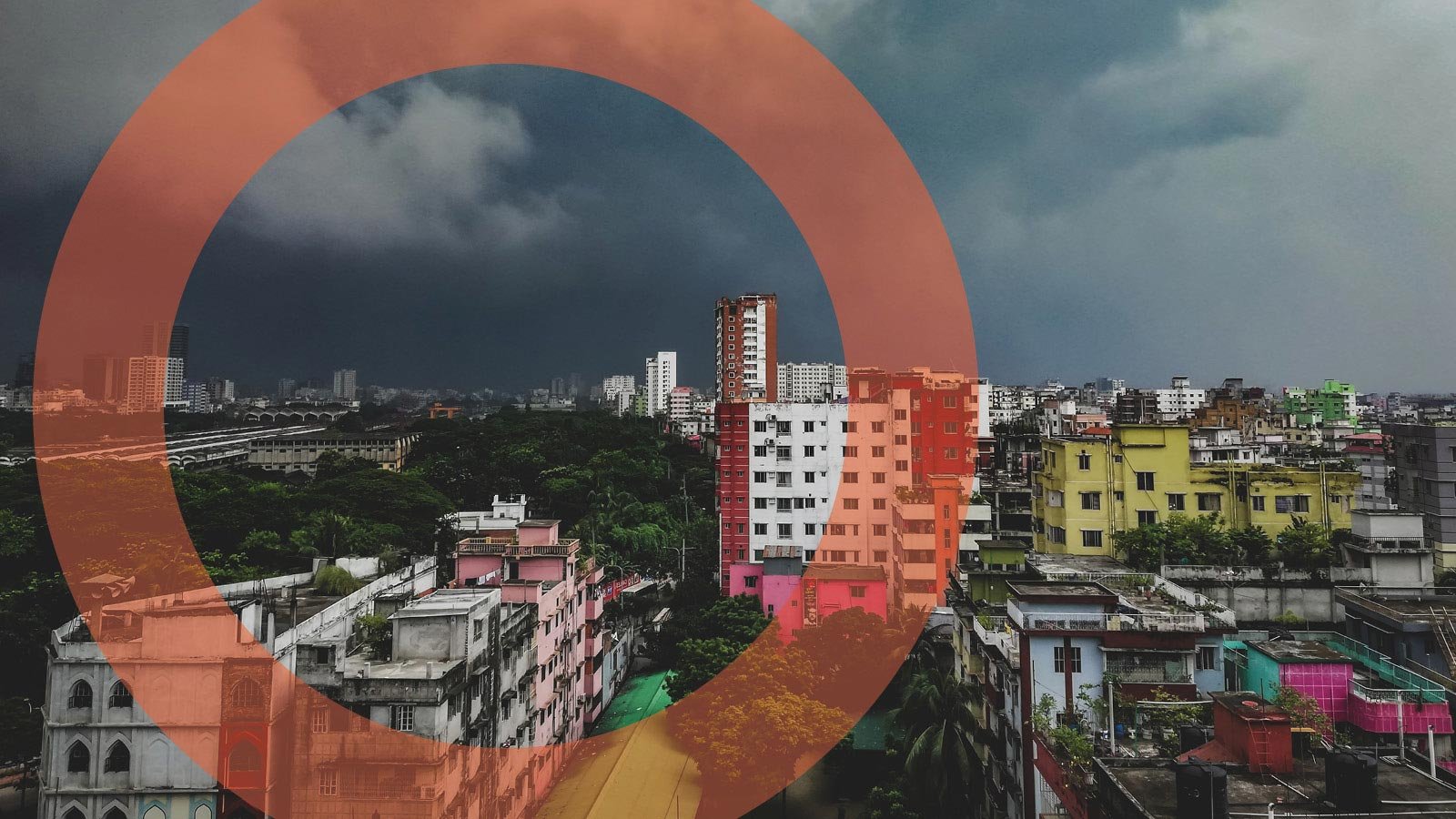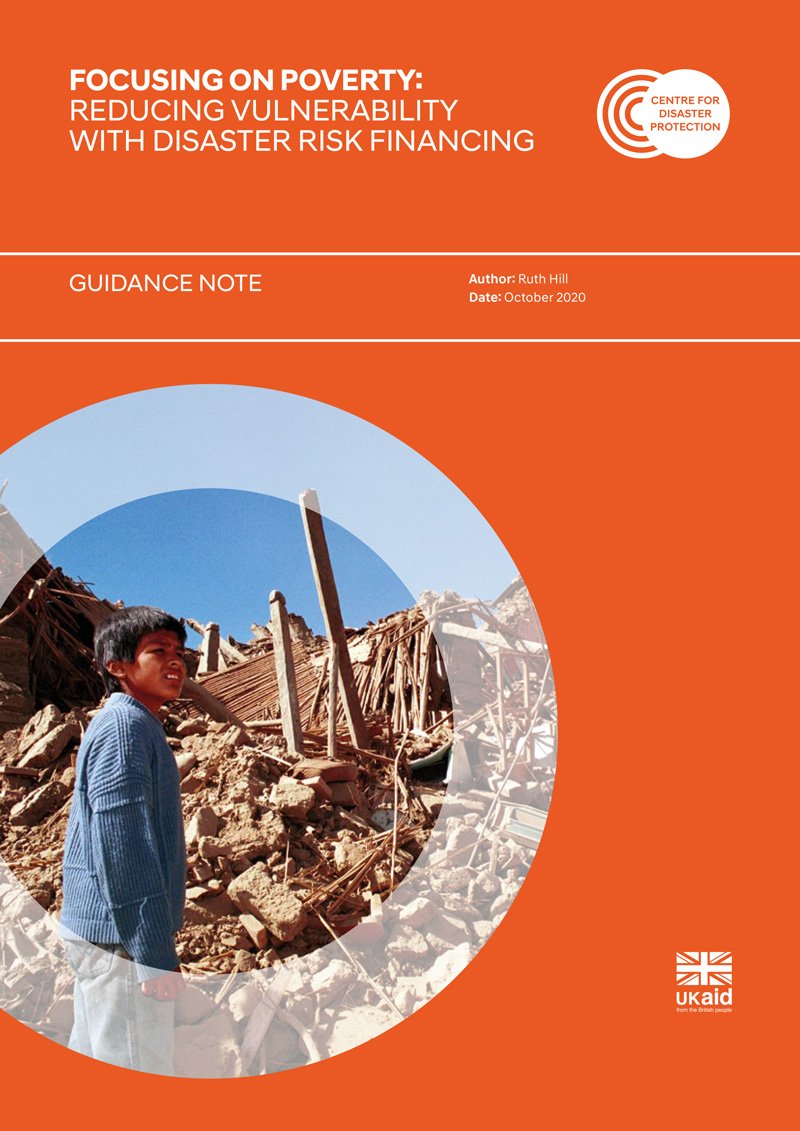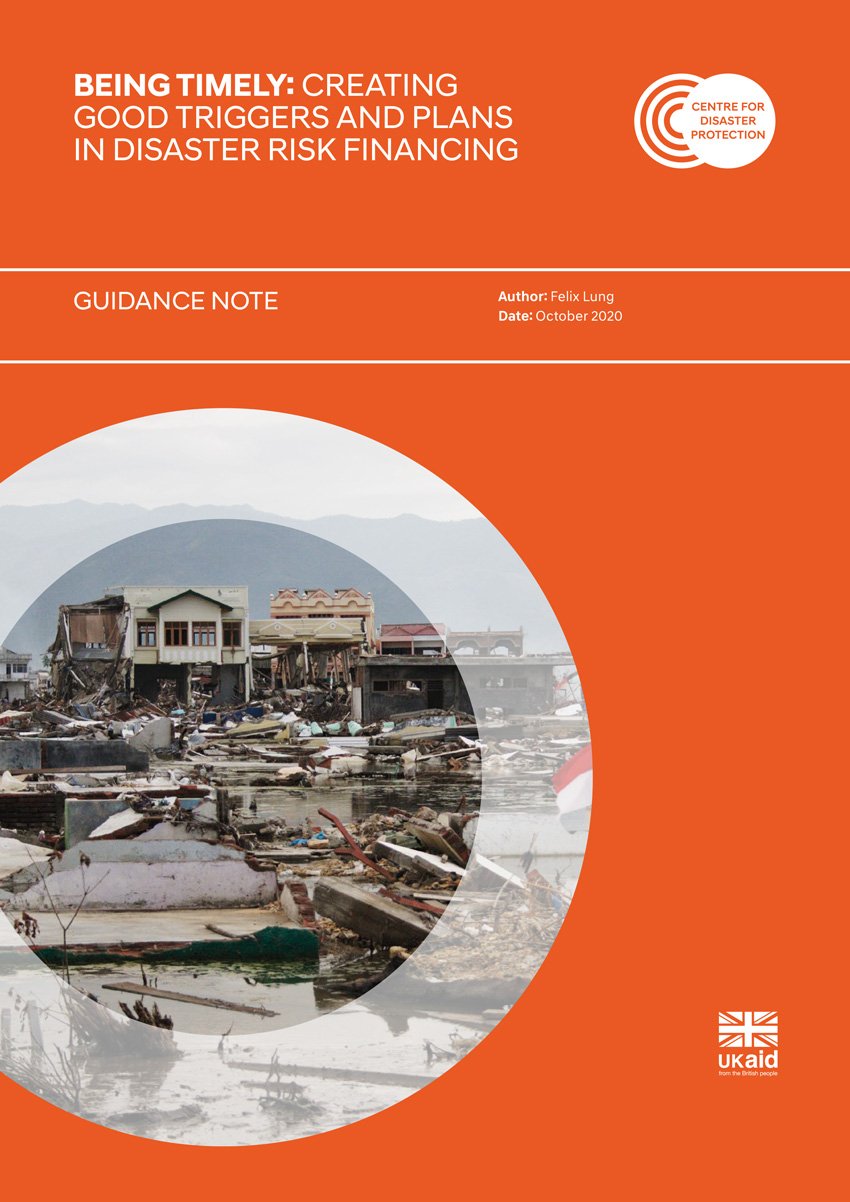
PUBLICATIONS CENTRE

ASSESSING VALUE FOR MONEY IN PRE-ARRANGED FINANCING FOR DISASTERS: A PRACTICAL FRAMEWORK
This guidance note has been developed to help the increasing number of countries and organisations that are considering or using pre-arranged financing instruments but are unsure how to approach Value for Money (VfM) analysis. The note aims to provide the reader with an overview of VfM and how it relates specifically to pre-arranged financing, as well as presenting a flexible framework the Centre has developed to approach the process of conducting VfM analysis.
The content is mainly based on the Centre’s experience of supporting national governments and international agencies with VfM analyses . It also captures lessons from other published VfM studies, and perspectives gathered in interviews with people who use and develop similar studies.

FOCUSING ON POVERTY: REDUCING VULNERABILITY WITH DISASTER RISK FINANCING
Disasters have the biggest impact on those that are least able to protect themselves from them: vulnerable people. In most cases the most vulnerable are also the poorest in a society. This guidance note sets out some questions that can be asked during programme design to help ensure that DRF is most directed to those who are least able to withstand shocks.

BEING TIMELY: CREATING GOOD TRIGGERS AND PLANS IN DISASTER RISK FINANCING
This guidance note offers practical guidance on contingency planning and triggers for preparing before a disaster strikes to support a faster, more coordinated, and ultimately, more effective response.

IMPROVING CONSTANTLY: EMBEDDING SCRUTINY AND LEARNING IN DISASTER RISK FINANCING
There is currently little in the way of rigorous evidence of impact or established ‘best practice’ in DRF. It is important, therefore, that we engage in scrutiny, be open to learning and willing to be held accountable. This guidance note sets out practical ways to ensure quality, independent scrutiny and improved learning in your DRF initiatives.

CREATING POWER FOR PEOPLE FACING RISK: THE ROLE OF PARTICIPATION IN DISASTER RISK FINANCING
Ensuring the inclusive participation of people in DRF is essential but challenging. It builds trust and empowers the public to demand greater accountability of governments and reward them for reliable disaster support. This guidance note gives practical advice on consulting and involving communities in decision-making that impacts their lives.

ALIGNING WITH THE BIGGER PICTURE: THINKING STRATEGICALLY IN DISASTER RISK FINANCING
A DRF programme can be sound from a technical angle—but when it fails to consider the broader environment, its impact is diminished. This publication explains the importance of thinking strategically and sets out four principles for taking a strategic approach, with practical advice and resources.
